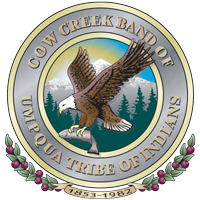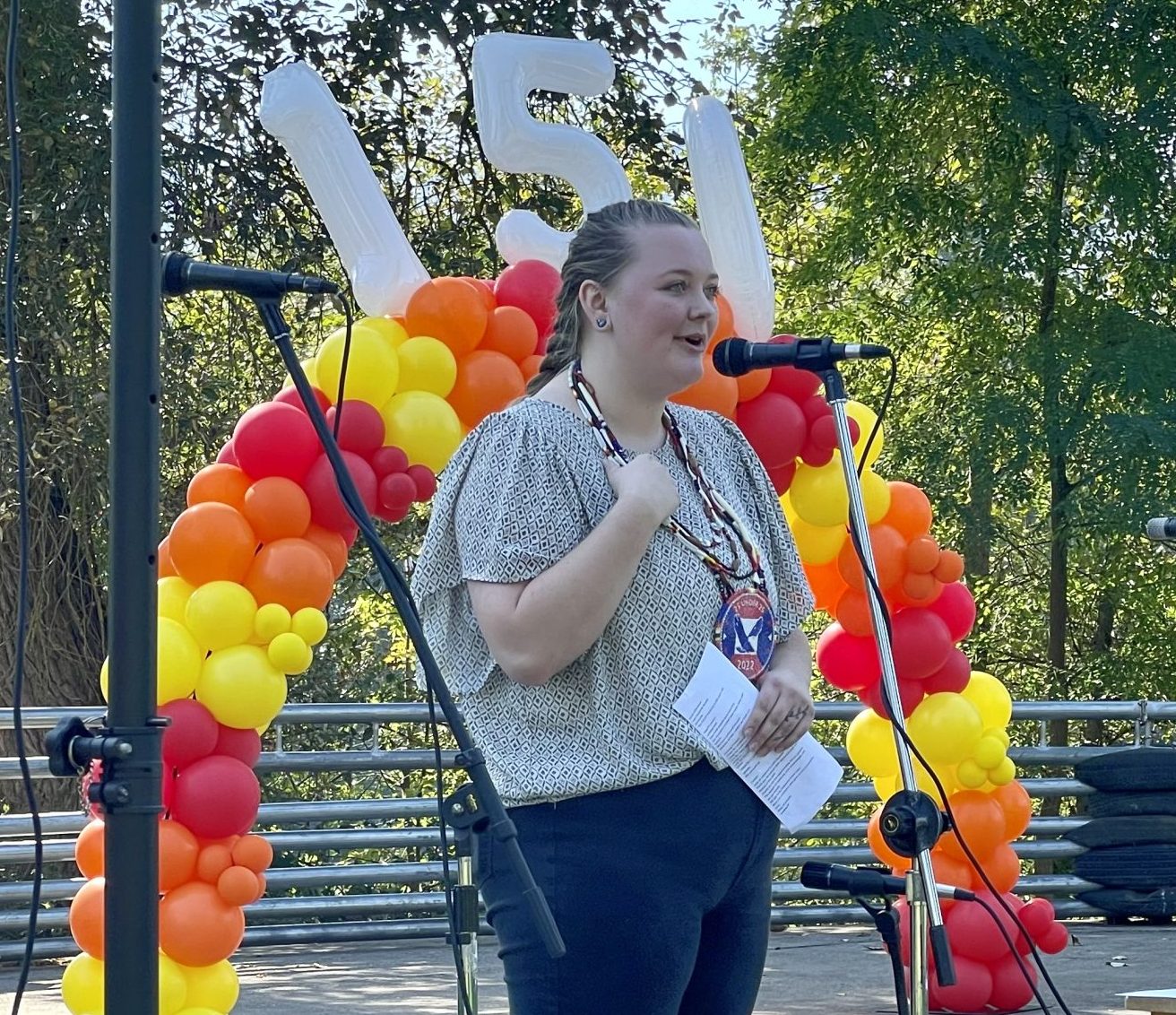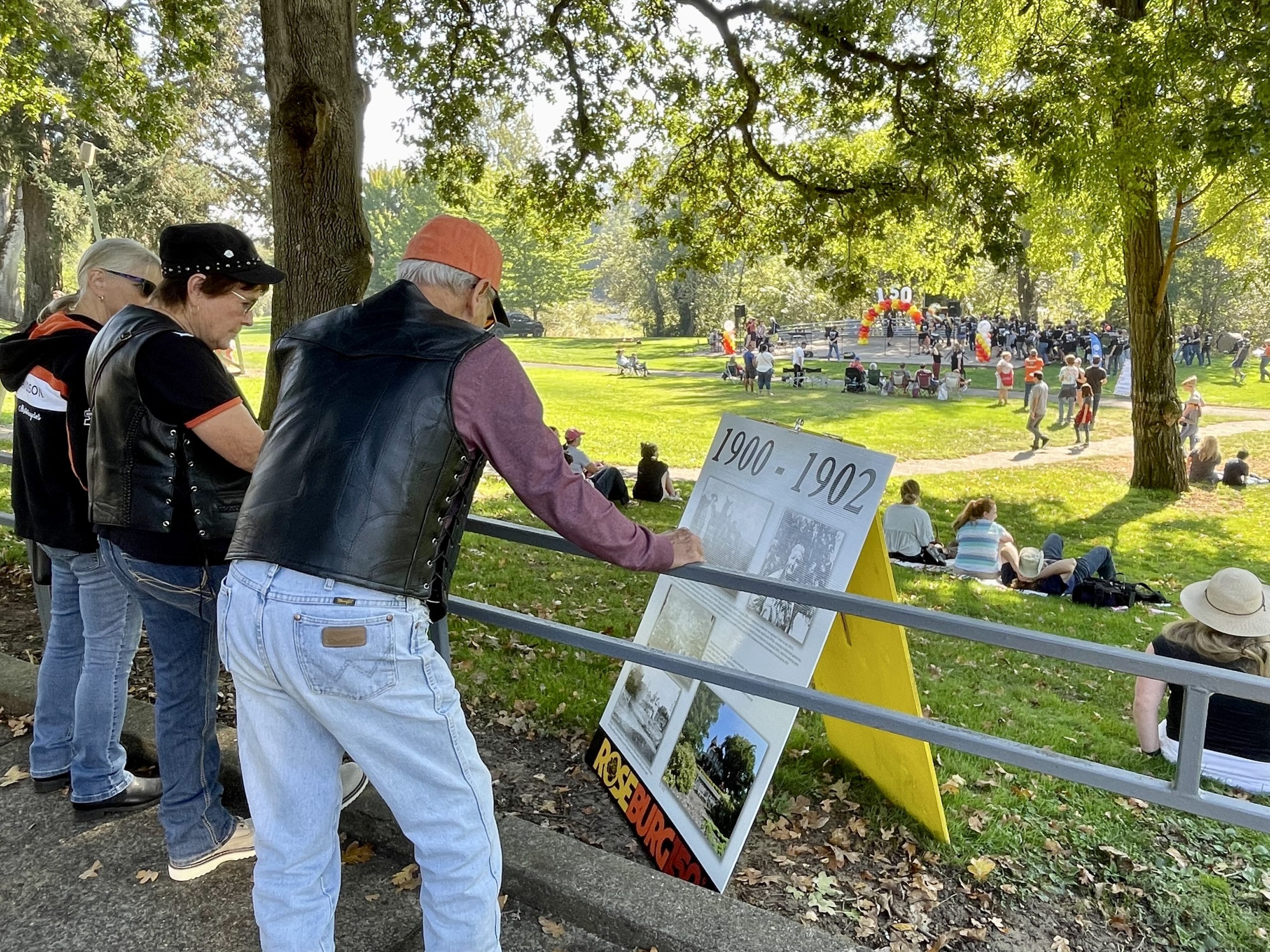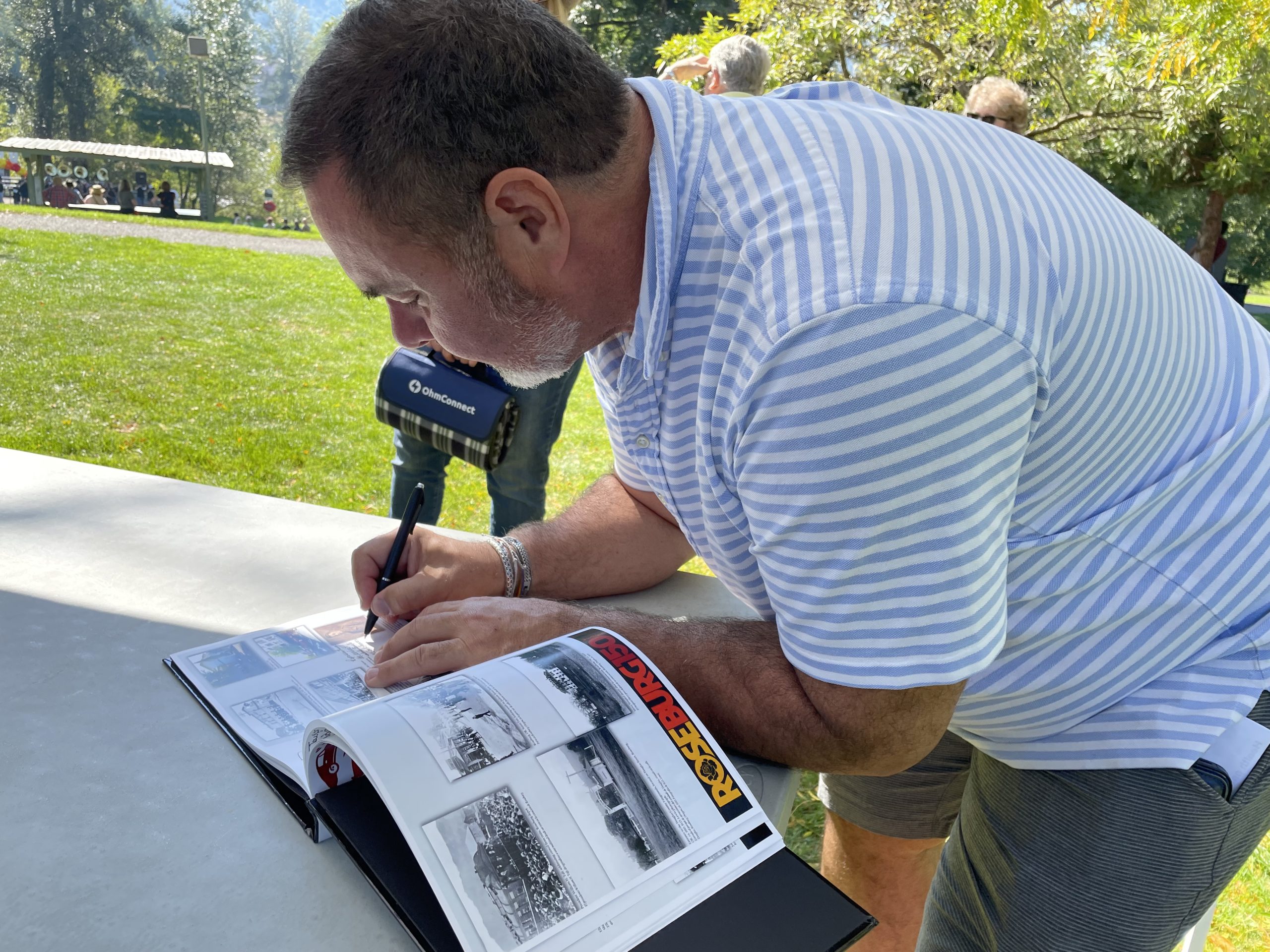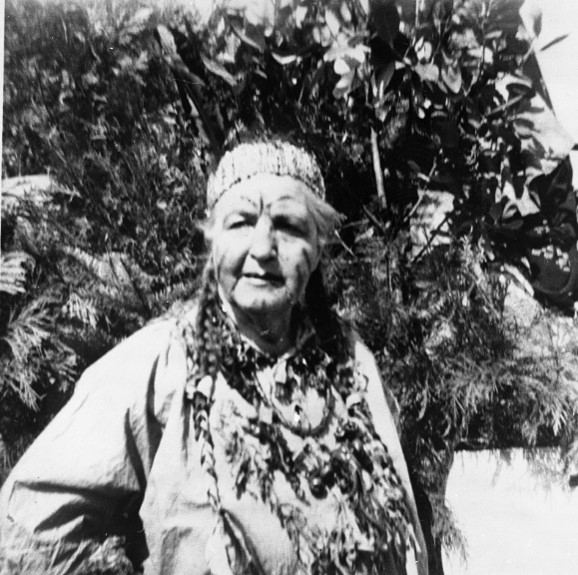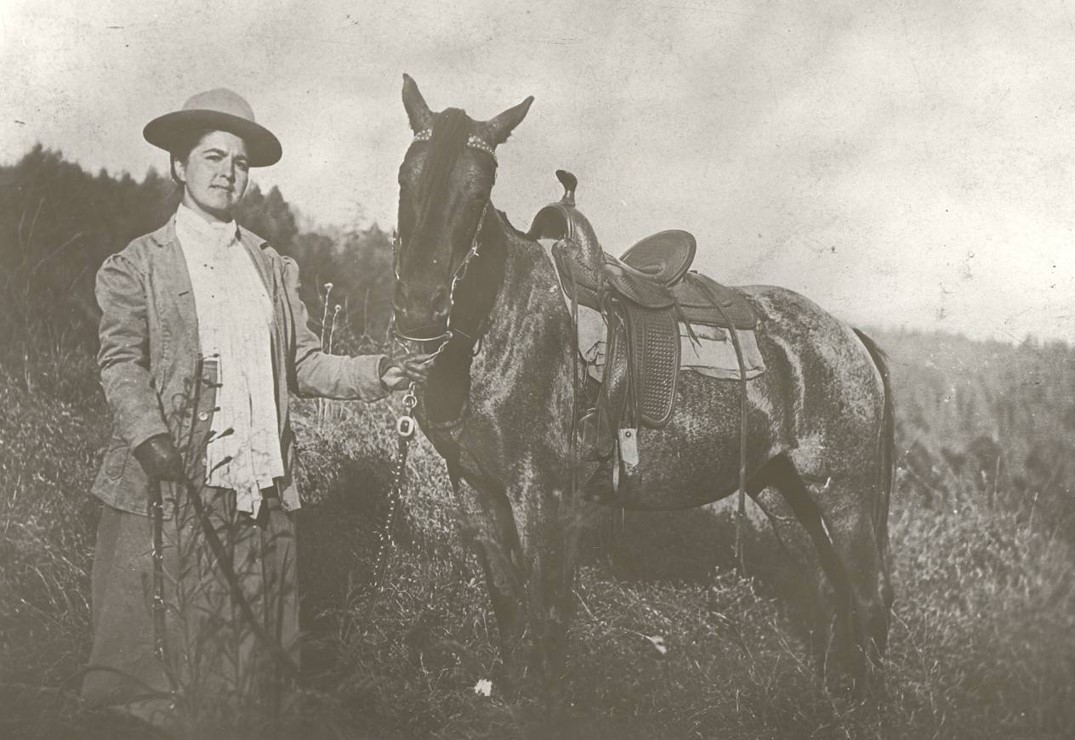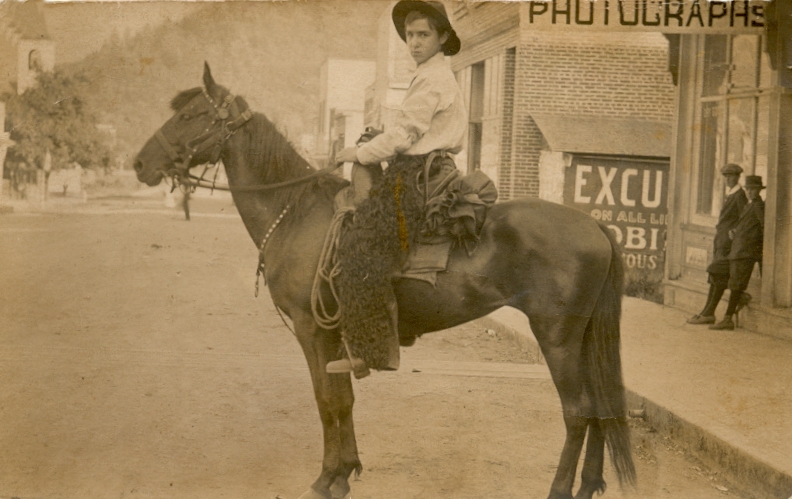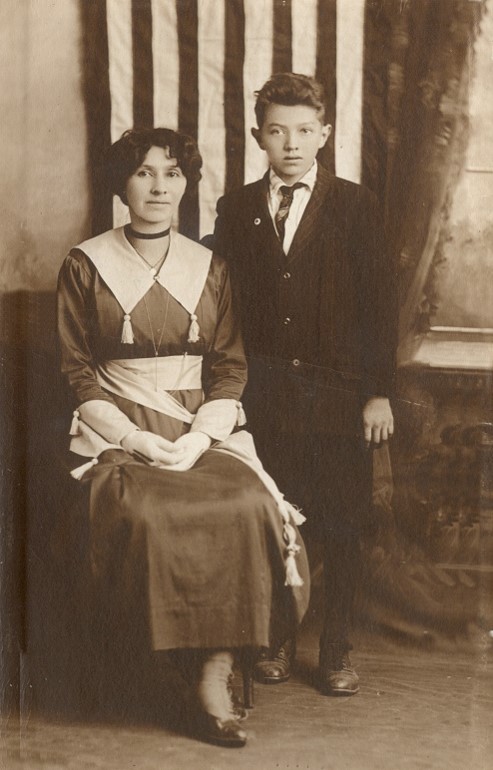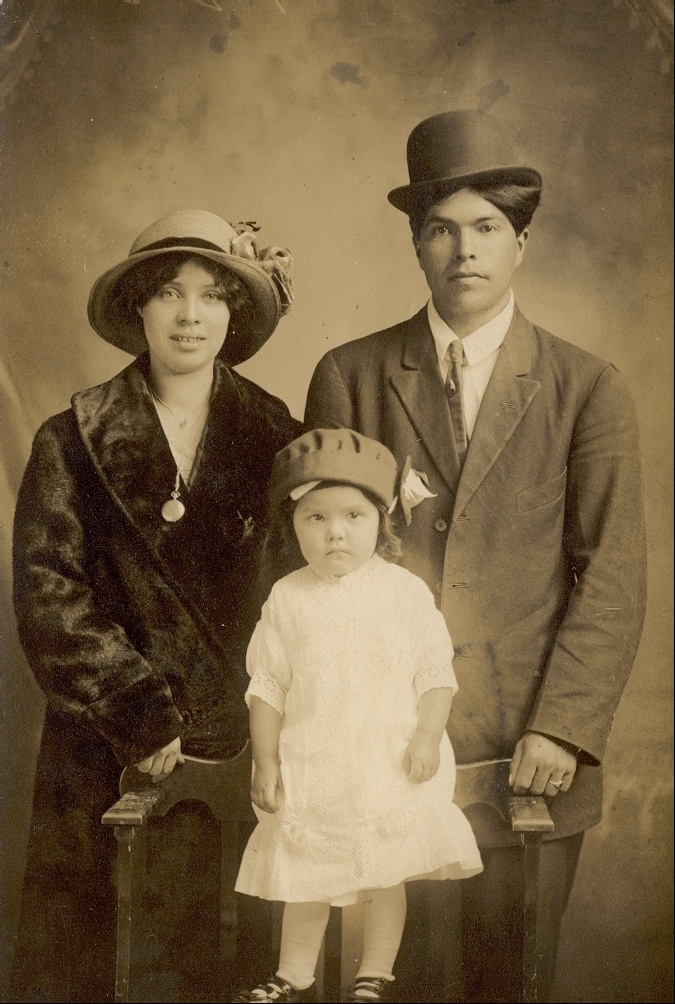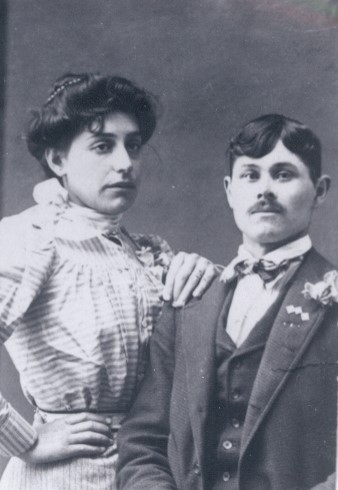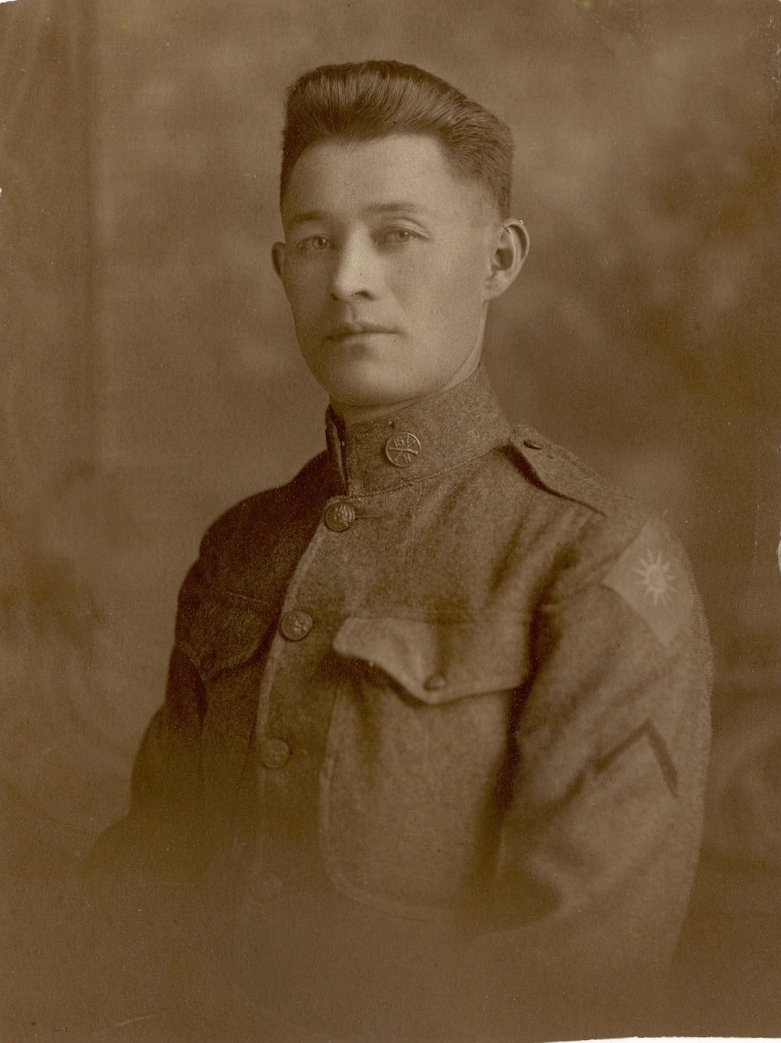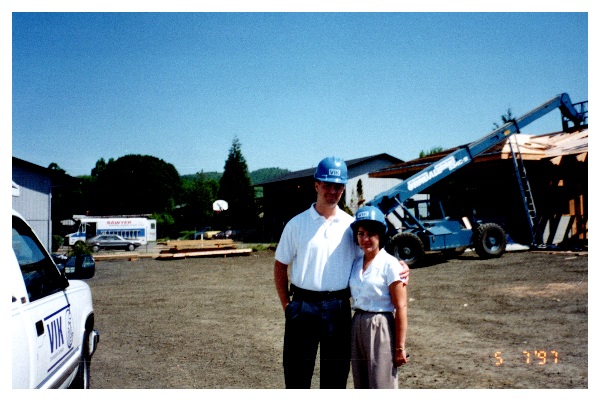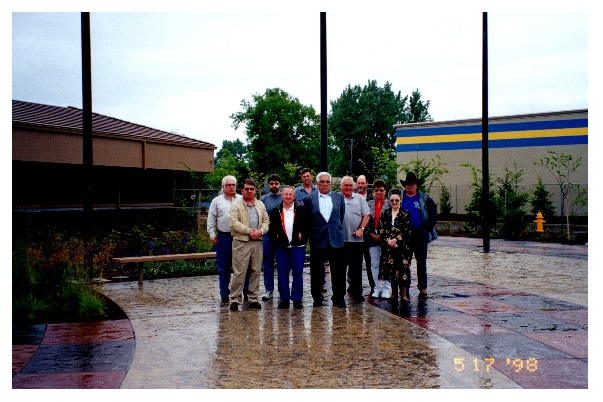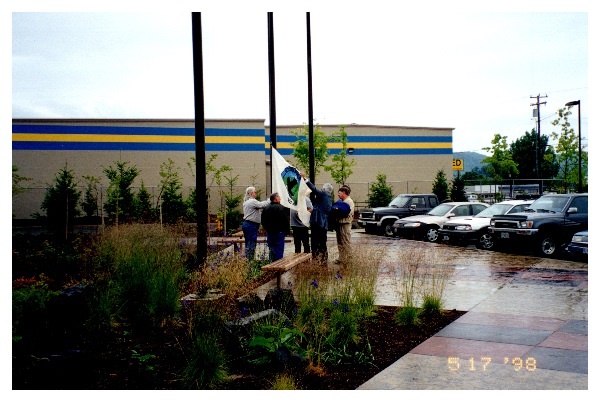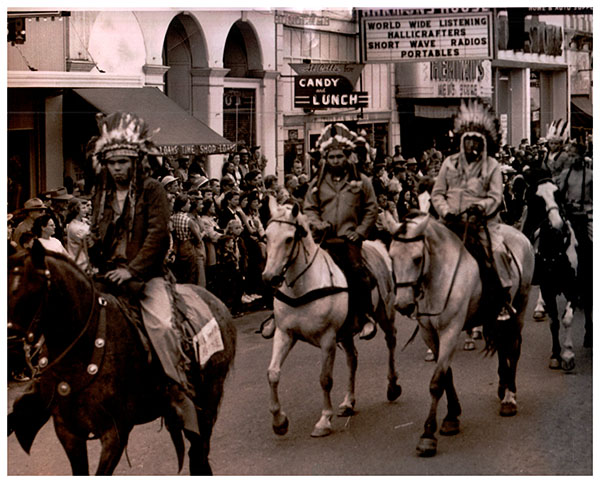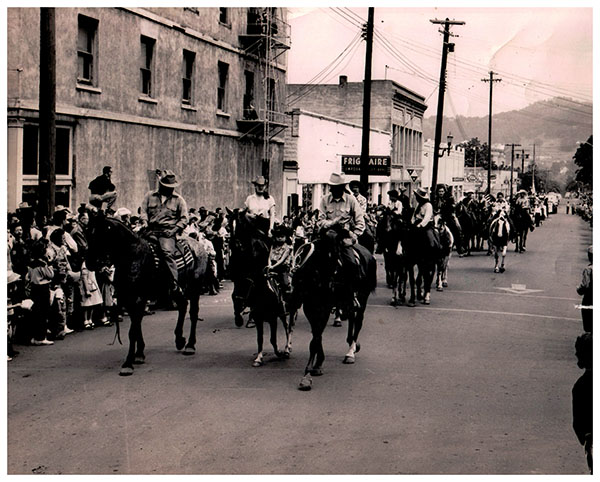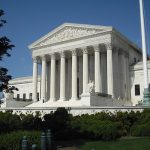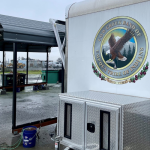Photos: Tribal Participation at the Roseburg 150 Celebration
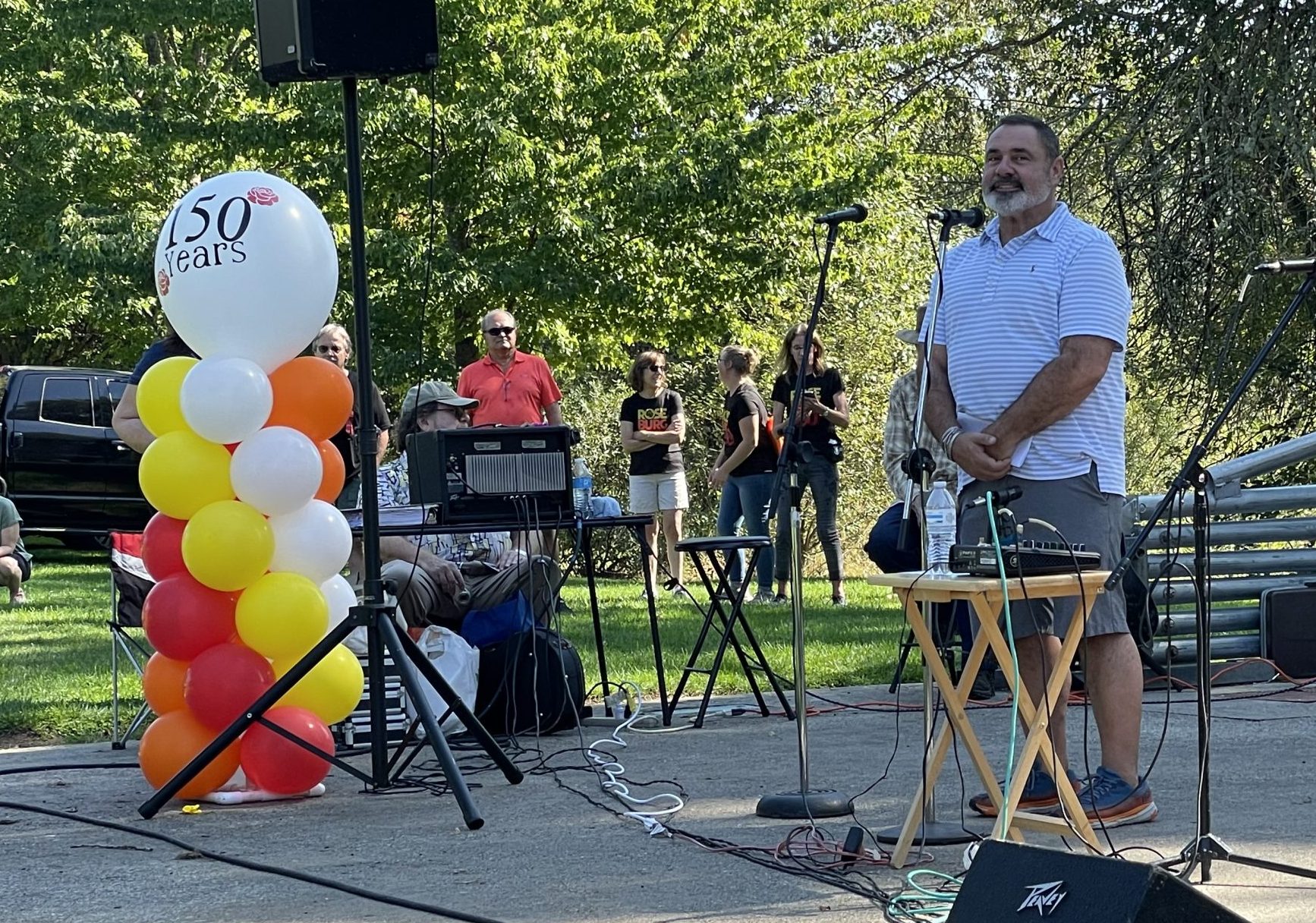 The Cow Creek Band of Umpqua Tribe of Indians was recently asked to be a part of the 150th anniversary of the City of Roseburg. The Tribe participated in an event called “Party in the Park” on Sunday, October 2nd in Stewart Park. Staff from Cultural Resources and Education offered cultural and educational activities for families, including beading, Takelma language games, and traditional Native games.
The Cow Creek Band of Umpqua Tribe of Indians was recently asked to be a part of the 150th anniversary of the City of Roseburg. The Tribe participated in an event called “Party in the Park” on Sunday, October 2nd in Stewart Park. Staff from Cultural Resources and Education offered cultural and educational activities for families, including beading, Takelma language games, and traditional Native games.
As a prominent community leader, Tribal CEO Michael Rondeau was asked to speak about the history of Cow Creek in the region.
“We have a lot of Tribal families who are related to fur trappers. The Hudson Bay Company encouraged all of their trappers to marry into the Tribes. So that’s where we get many of our surnames like Rondeau, LaChance, Dumont and others with that French influence,” Rondeau told the audience during the speech.
Prior to Rondeau’s speech, Takelma Language Teacher Learner Elizabeth Bryant offered a prayer in Takelma to open the event.
In addition, historical Cow Creek Umpqua photos were also incorporated into a pathway display in Stewart Park decorated with photos from the past 15 decades, and can be seen in the slideshow below.
The City of Roseburg also created a time capsule for the event that included among other things many Cow Creek Umpqua artifacts, including a traditional-style flint-knapped obsidian blade, a carved deer antler in the shape of a fox, and the most current edition of Wik’uuyam Heeta’, the Cow Creek Tribal newsletter.
An autograph book was also placed inside the time capsule. Rondeau signed the book next to a photo of his family member, John Rondeau, with the inscription: “Representing the earliest inhabitants, we look forward to the continued partnerships in our community.”
The time capsule was buried at the Roseburg City Hall and will be opened in 2072.
- Elizabeth Bryant gives a Takelma prayer at Roseburg 150
- People looking at Cow Creek photos in Stewart Park at Roseburg 150
- Michael Rondeau signs the Roseburg 150 time capsule before
- Ellen Furlong Crispen in traditional garments. She is credited with beginning much of the work to acknowledge the Cow Creek Band of Umpqua Tribe of Indians as a federally recognized Tribe in the 1900s, and led efforts to have the U.S. Government honor the Cow Creek Treaty of 1853
- Ellen Furlong Crispen next to a horse in the 1900s
- Mose Dumont, Cow Creek Umpqua Tribe, ca. late 1920s
- Cindy Rondeau and Teddy Rainville. Not long after this photo was taken, Teddy Rainville died of drowning
- James, Pauline, and Helen Dumont, Cow Creek Umpqua Tribe, ca. 1920s. Most Cow Creek Tribal members lived around Tiller, Oregon, but came into Roseburg to have their portraits taken, like this one. Portraits make up a large portion of the Cow Creek historical photos, and have been helpful in outlining Tribal families and relationships
- Isadore Rondeau was first elected Chairman of the Cow Creek Band of Umpqua Tribe of Indians in 1919. He played a role in bringing Indian Rodeo to Roseburg. Isadore is pictured with his wife Mandy, ca. 1900s
- Cow Creek Tribal member John Rondeau served as an interpreter in World War I. His family spoke English, French and Chinook jargon in his childhood home, leading him to become a French interpreter during the war.
- The Cow Creek Tribal Offices on Stephens Street in Roseburg, where they are currently located, were first opened in 1998. The Cow Creek Tribal Government operated out of small buildings with only a few employees for many years. But as services and Tribal businesses grew, it became increasingly important to build a new headquarters. The Cow Creek Tribal Government now employs 200 people, and Umpqua Indian Development Corporation employs nearly 900 people.
- The 1998 Cow Creek Board of Directors in front of new Roseburg Cow Creek Tribal Offices. Left to right: George T. Rondeau, Robert Van Norman, Daniel Courtney, Leland Van Norman, Gary Jackson, Wallace “Buster” Rondeau, Tom Rondeau, Sr., Roy “Steve” Jackson, Shirley Roane, Sue M. Shaffer, James Estabrook.
- Grand opening of Roseburg Cow Creek Tribal Offices in 1998. George T. Rondeau, Leland Van Norman, Tom Rondeau (behind the flag), Wallace “Buster” Rondeau, Robert Van Norman and Daniel Courtney (behind Robert Van Norman) can be seen raising the Cow Creek flag for the first time.
- A photo of a Cow Creek Tribal family participating in a horseback parade in Roseburg ca. 1950s. Traditionally, Cow Creek Tribal members did not wear headdresses. Although it’s believed it was encouraged for this particular parade as a theatrical element of Indian Rodeo
- A photo of a Cow Creek Tribal family participating in a horseback parade in Roseburg ca. 1970s. Traditionally, Cow Creek Tribal members did not wear headdresses. Although it’s believed it was encouraged for this particular parade as a theatrical element of Indian Rodeo
